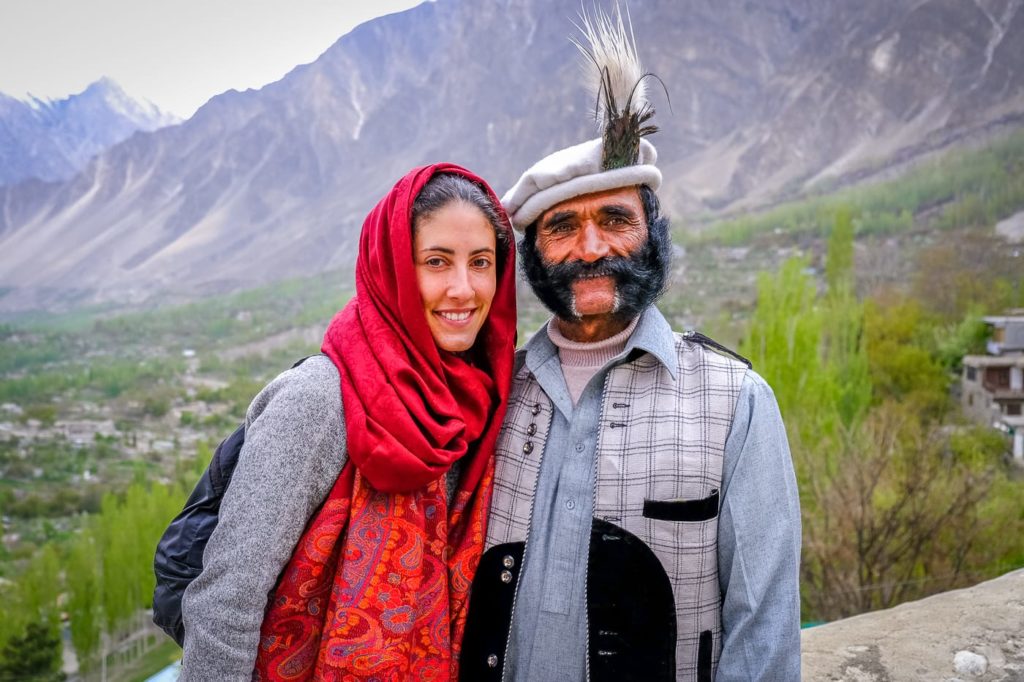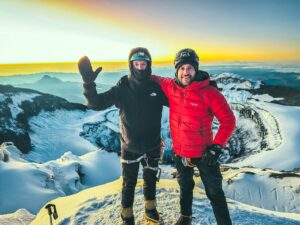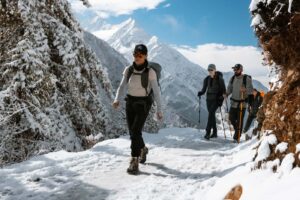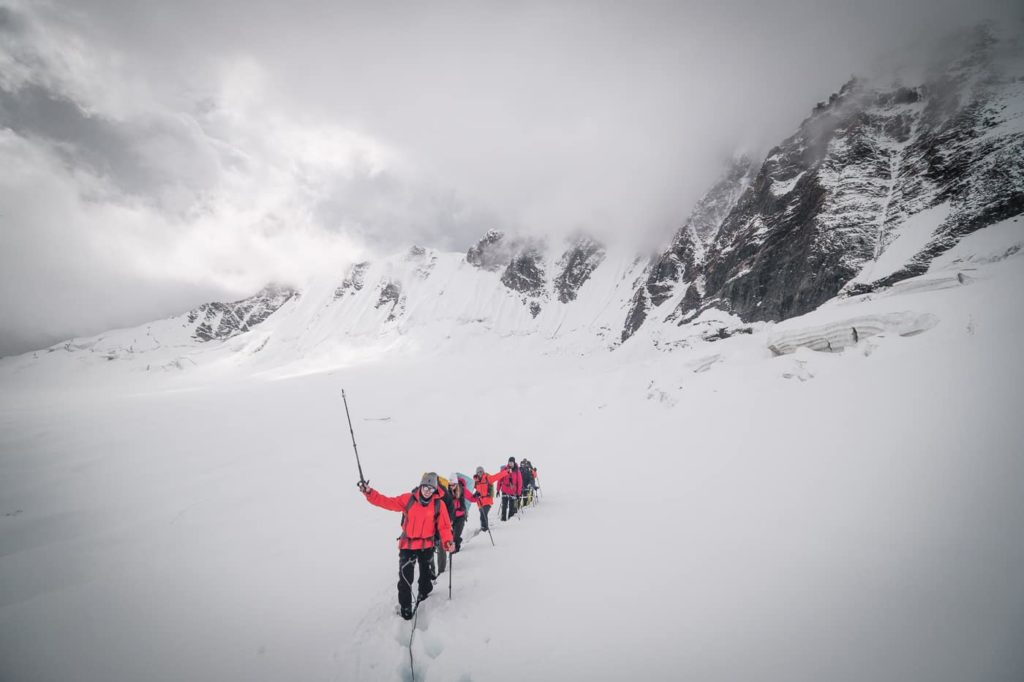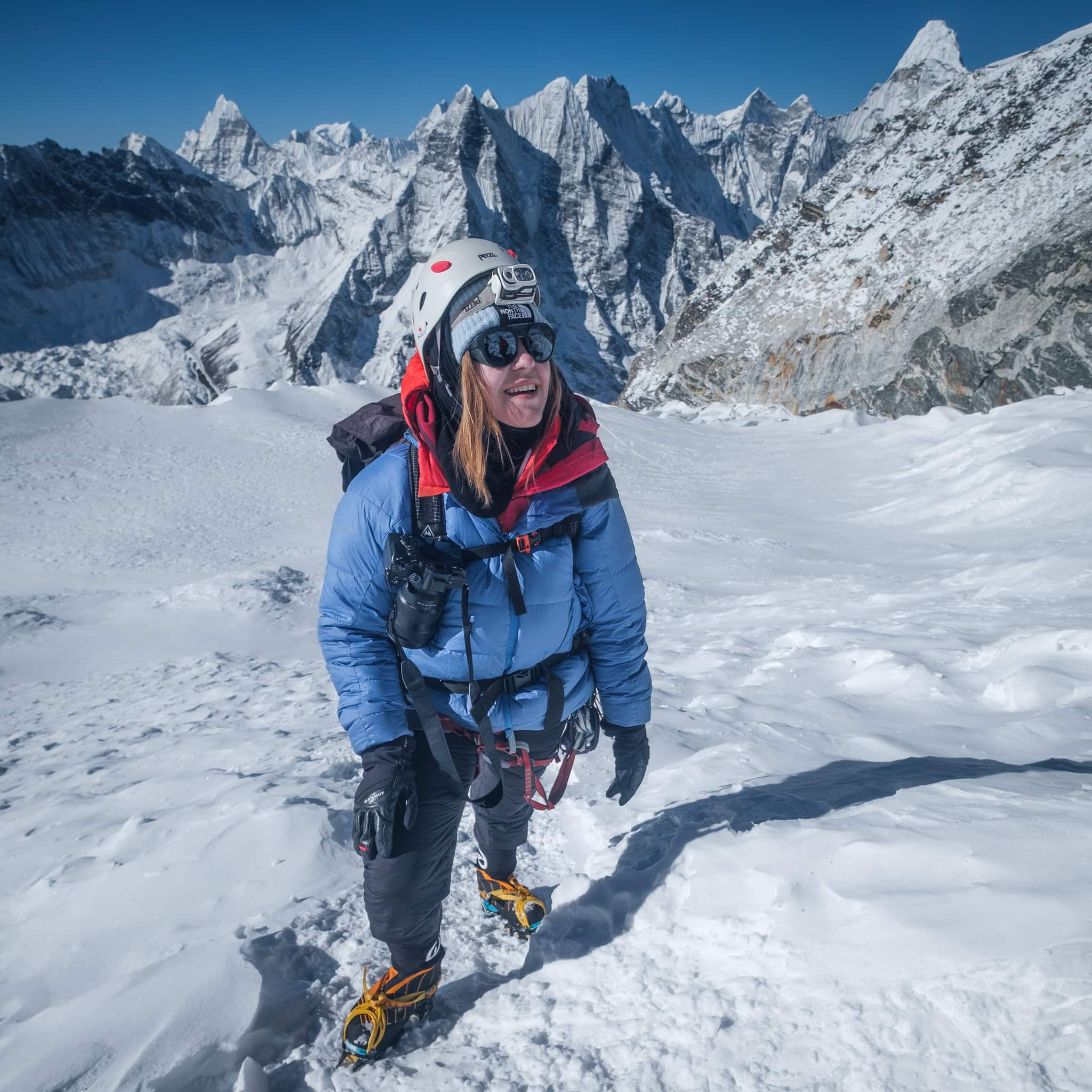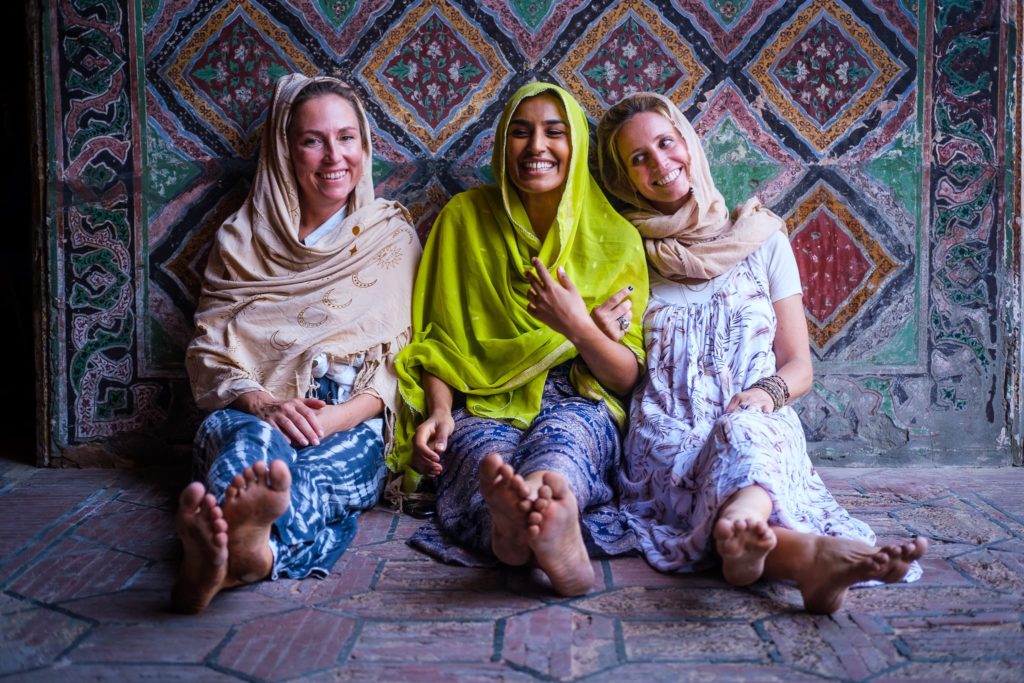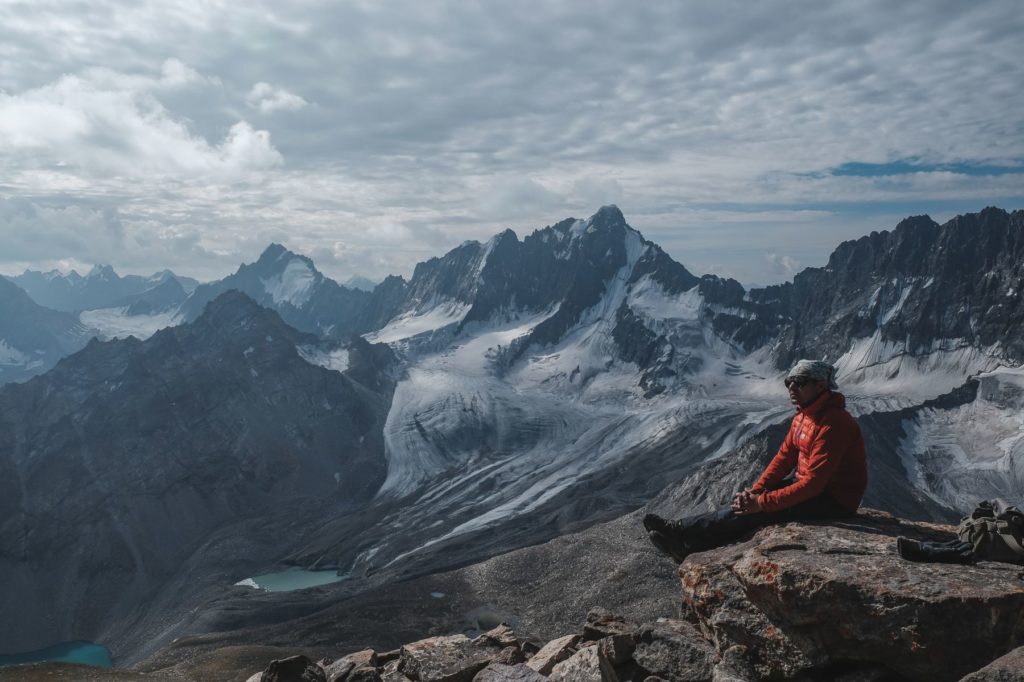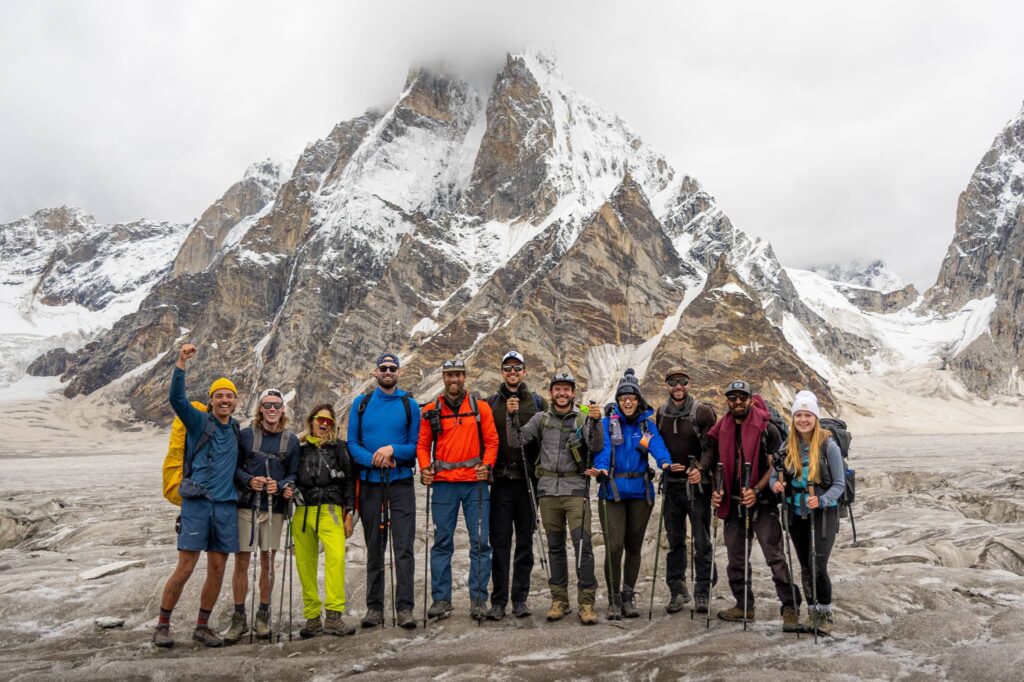For many centuries the people of Hunza Valley in Northern Pakistan have been living in the shadows of the mighty Karakoram Mountains. It was not until the Karakoram Highway opened in the late 1970s that access to the various valleys that make up the greater Hunza region was even possible by car.
To give you an idea of just how remote some of the villages are here in Northern Pakistan – think about how the Western United States was before colonial expansion and primitive road networks developed at the beginning of the 19th century; Hunza was the Pakistani equivalent to the “wild west” for so long that much of its distinct cultural identity remains intact to this day.
Upper Hunza was ruled by a Mir or king as recently as 1974 – which is pretty mind-blowing.
So what makes the people native to Hunza so special?
Why have we been traveling to Hunza Valley since Epic Expeditions started?
Let’s take a quick look at a few of our favorite aspects of Hunza Culture.
Hunza is Diverse
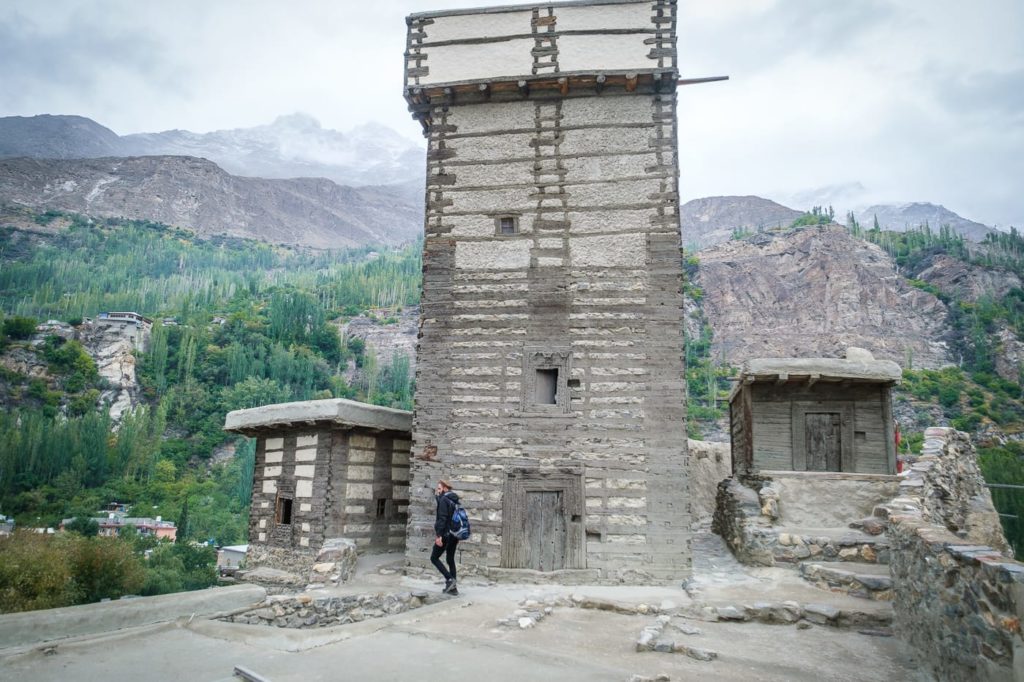
Traditional Hunza Sport
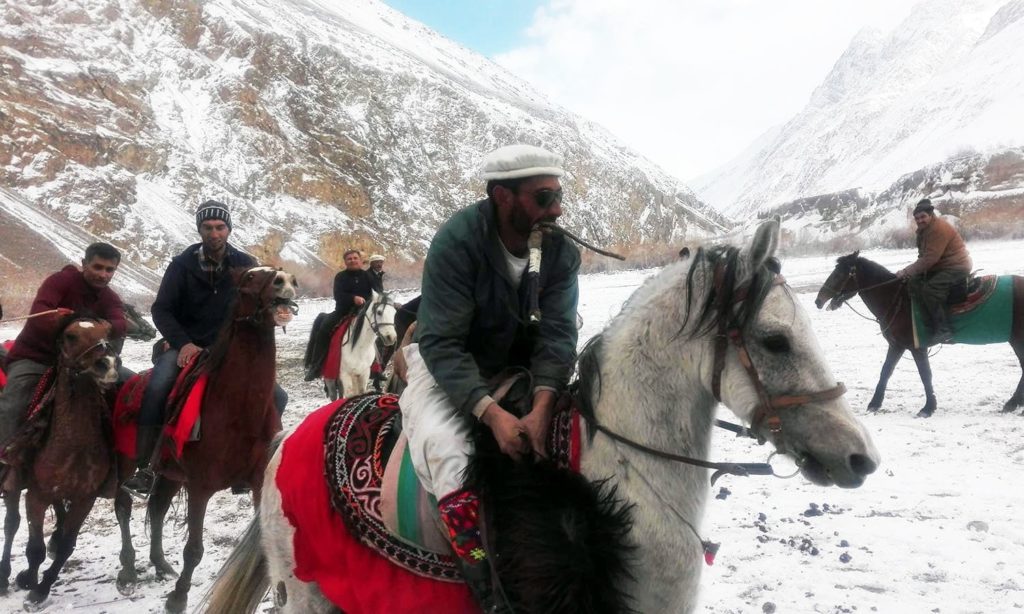
While there may not be basketball and skateboarding happening in the Hunza Valley – Huzai folks love to get down on some sport.
Due to the fact that the lives of Hunza residents are closely intertwined with livestock, it is no surprise that some of the most popular sports in the region involve animals.
Horse Polo is a favorite pastime of men – and there are some truly epic high altitude polo grounds to be found in remote alpine pastures. The rules of the game are not what they are in the west – and matches can get downright rowdy, with LOTS more physical contact between players than one would see at a match in the UK for example.
Buzkashi is an ancient sport unique to parts of Central Asia and the Pamir region. It also involves mounted horsemen, a goal – and wait for it – a headless carcass of a goat or small cow. This sport is losing popularity with the younger generations without a doubt – but is still played annually in the summer and winter throughout Gilgit Baltistan and Hunza. Many people who formally enjoyed playing Buzkashi have sold their horses for the cash to make life more comfortable in the short term – which is making this bizarre yet fascinating sport even less common in Hunza these days.
Sports popular in the west are now very popular with the young people in Hunza. Cricket might be the overall favorite, though I have witnessed intense games between teenagers of volleyball, football (soccer), and ice hockey (in winter).
Unlike other parts of Pakistan, it is common to see both girls and boys engaging in sports – although co-ed games between older teenagers don’t really happen yet.
More and more folks from this area are getting into guiding and climbing as well – they say the best climbers in Pakistan come from Shimshal. That’s why we always use local guides on our trips – nobody knows the mountains like they do. Employing them is also a way to give back to the local economy.
Long Life in Hunza
It is said that the people from the Hunza region have some of the highest life expectancy rates in Pakistan. Diet probably has a lot to do with it, as until recent times most of the food in Hunza was locally produced and organically grown without the use of toxic chemicals. It is also not uncommon to see old people out working hard in their fields well into their eighties.
Unlike in the west, access to regular or even basic health care was and still is pretty much non-existent. People relied on local remedies and treatments when they got sick – and even now if someone needs serious treatment for something – they must travel back to one of the cities in Punjab or Sindh – sometimes thousands of kilometers away.
When you compare that scenario to the number of times the average 80-year-old American has been to the doctor in their life – the long life of Hunza residents is even more impressive.
Throw in the fresh mountain air, a lifetime of walking in hilly terrain every day, and little to no alcohol or drugs (well there is the local spirit known as Hunza Water), and there you might have the secret to the long lifespans found in Hunza.
Note to self: eat well, walk in the mountains a lot, work hard, and keep things simple.
There are two main ethnic groups and languages that make up Hunza Valley.
Lower Hunza: (Karimabad/Aliabad/Nagar, etc) – Burushaski-speaking people.
Upper Hunza: (All villages north of Attabad Lake – (Gulmit/Ghulkin/Shimshal/Charpursan, etc) – Wahki-speaking people.
Though only 30 kilometers separate these two areas, Burushaski and Wahki are two completely different languages. There is definitely some cultural overlap between the two groups in terms of lifestyle and religion but in order to communicate with one another, people from these two distinct communities typically speak together in Urdu – the national language of Pakistan.
If this was France as an example – that’s kind of like driving down the road to the next town over and instead of speaking French your neighbor speaks Chinese and in order to properly communicate you need to speak in Swahili – that’s how different all of these 3 languages are.
The Burushaski language does not have any solid linguistic links to other languages – making it one of the more unique languages from South Asia. Some ancient Tibetan texts reference a written manuscript from Gilgit that might have been written in Burushaski – although no written works from history have survived in the Burushaski language.
The Wahki language comes from an Eastern Iranian language though, in more recent centuries, native speakers tend to hale from the Wakhan Corridor and Pamir Mountains (a triangular area with shared borders with Afghanistan, Tajikistan, and Pakistan) – the ancestral homeland of the Wahki people found in Hunza. My friends in Upper Hunza have told me their families moved to the Gilgit Baltistan region that is now Hunza roughly 300 years ago – but first-hand documented history of the Wahki people does not seem to exist – adding to the greater mystery that makes up the people and culture of Hunza.

